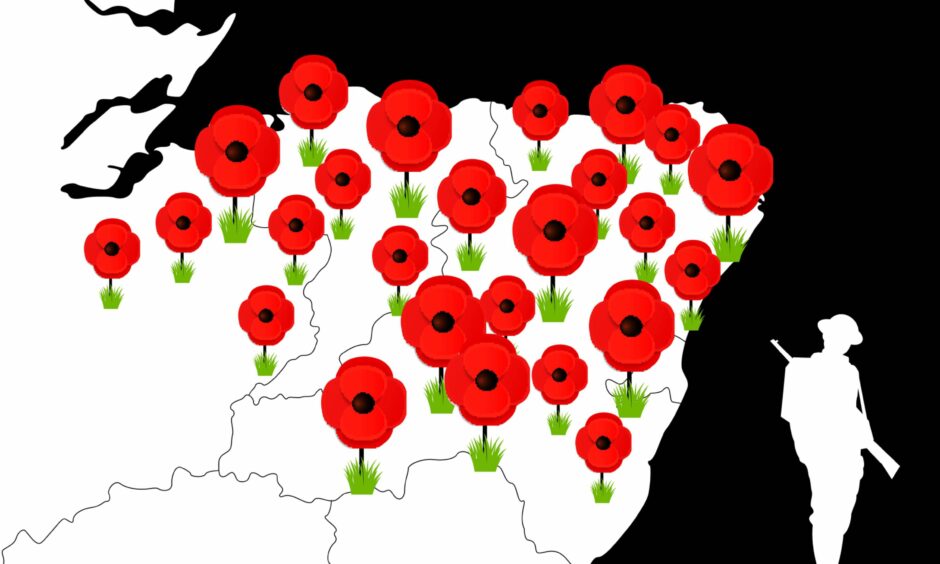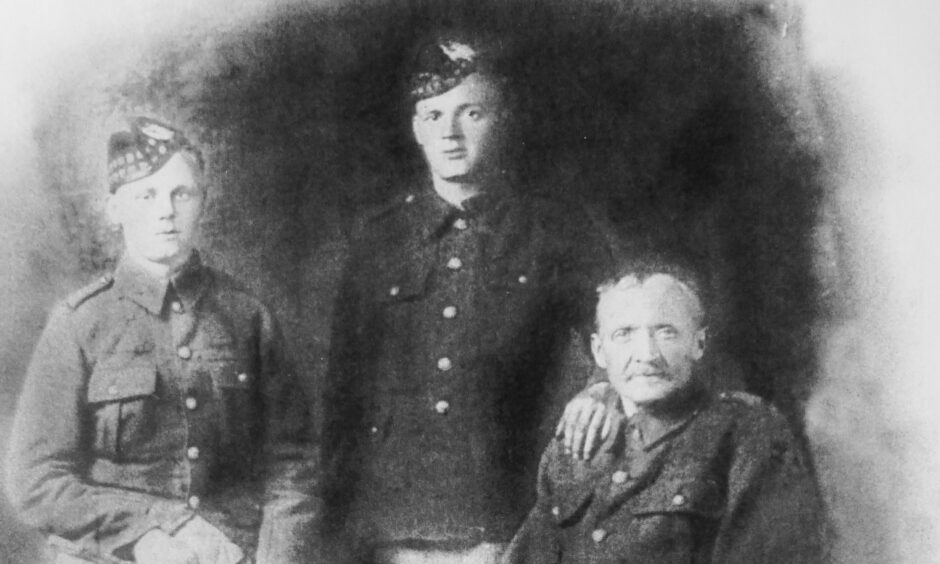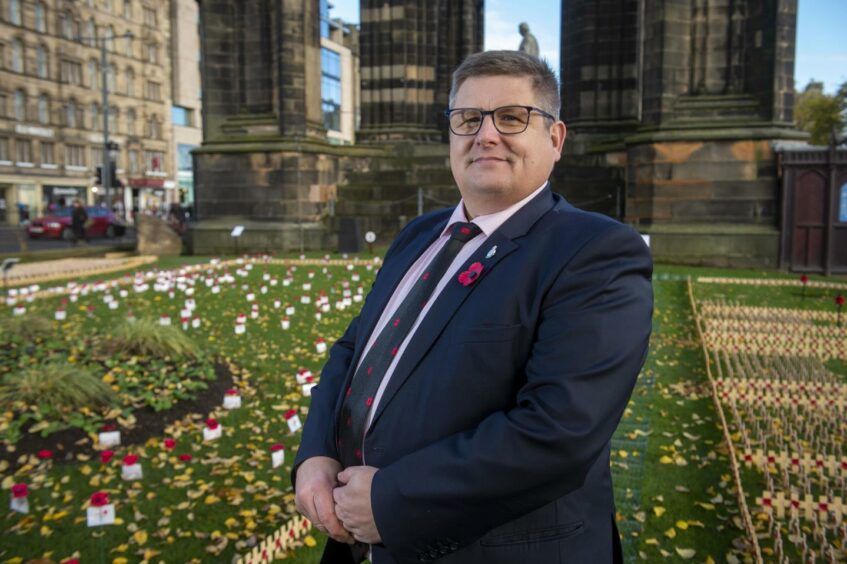
Each poppy on this map represents a north-east life lost as a result of World War One.
From afar it may look like a field of poppies…
…but behind each one lies a unique story..
Some streets, like Great Northern Road saw loss on an unimaginable scale…
…with 106 entries in the roll of honour from that street alone.
The excruciating loss of the war was felt none more so than by the Tocher family.
Four of his brothers were also lost in the Great War.
5,025 soldiers’ names are found in the Aberdeen roll of honour.
Almost half of them were the lowest ranked Privates…
Privates made up more of the deaths than the next nine ranks combined.
1,650 of the Aberdeen fallen were from the Gordon Highlanders regiment.
Many north-east soldiers died each month that the war was raging.
November 11 marks 103 years since the end of the Great War. This year also marks the 100th anniversary of the poppy becoming a symbol of remembrance. To mark the occasion, our interactive map and table pay tribute to those who fought and lost their lives, sharing some of their stories and ensuring they continue to be remembered for years to come.
Every poppy tells a story
The map below has been created for Remembrance Day using Aberdeen City Council’s roll of honour. It includes addresses of those who died in and as a result of the First World War.
Not all locations may be exact, and not all entries could be included on the map. Due to the age of the data, not all addresses still exist. Other addresses were only recorded as a vague area.
Addresses were located for the map electronically, however many had to be corrected manually. If there’s any we have missed or if you spot any errors, let us know at datateam@dctmedia.co.uk
Every poppy represents an individual person who lost their life. The Aberdeen roll of honour features a number of interesting stories of those who fought for their country. One of those, Henry Gray, a surgeon from the city, pioneered wound excision – the removal of dead tissue and contaminated tissue from wounds, transforming a dirty contaminated wound into a clean one.
He opened a centre in 1917 to promote research into clinical shock, and was also an authority on infections.
Others told a story of tragedy, such as the Tocher family from Rosemount, who lost five sons in the conflict. All five served with The Gordon Highlanders, and their deaths had a profound impact on parents Peter and Elspeth.
The Tocher’s weren’t the only family to lose several men over the course of the war. Another family of Binghill, Murtle, lost three family members. Francis, James and William Hay were all killed in action, and many other families had a similar story to tell.
Meanwhile, the addresses of those who served also tell an interesting tale. Some men registered with the address of a police station, such as William McDonald, who signed up with the address of “Police Station, Bridge of Don” and Robert Nicolson, who was based at the station in Bridge of Dee. Others, such as Stuart Taylor, gave his address as Aberdeen Fire Station.
Any locations outside of the north-east were removed for the above map; however, they are included in the table below. Addresses outside of Aberdeen are included on the roll of honour for various reasons. Boundaries have changed over the years and many of the men may have originally lived in the area but since moved.
You can search the table below by name, rank, regiment or address.
Where did the Aberdeen WW1 victims data come from?
Aberdeen’s roll of honour was digitised by Aberdeen City Council, and is available to the public on its open data website.
It was originally compiled by Mr H.G. Pope, the city assessor in early 1925. Forms were sent to households asking for full details of relatives who had fallen during the conflict.
It also used lists provided by churches, the University of Aberdeen, schools, guilds and businesses of those who died.
The city assessor then went through the details provided ensuring there was no duplications. The final roll of honour for Aberdeen contains more than 5,000 names.
The digitisation was made in order to provide a structure to the data recorded in the roll of honour, but physical copies can still be accessed in the Central Library, Aberdeen Art Gallery and the Aberdeen City Archives.
Digitising World War One data
The Lord Provost of Aberdeen Barney Crockett said: “We are really pleased that our open data is being used in this way as the map will allow people to see the impact on communities across Aberdeen.
“The Rolls of Honour were transcribed by staff and volunteers from the archives, gallery and museums ready for the reopening of the Remembrance hall as part of the Art Gallery in November 2019. It is as important as ever that the names of individuals who lost their lives in the First World War are remembered, as well as those family members they left behind.”
Gordon Michie, head of fundraising and learning at Poppyscotland, said: “This map is a powerful reminder of how every single community has been impacted by the cost of conflict over the past 100 years. Each poppy symbolises the bravery and sacrifice of those who fought and died in defence of our nation.
“As we mark 100 years of the Scottish Poppy Appeal, it is imperative that we continue to remember and honour all of those who have served, those still serving, and their families. Just as the poppy is our national symbol of remembrance, for 100 years it has also served as a vital means for raising the funds needed to ensure our military personnel are not disadvantaged by their service.
At Poppyscotland we work tirelessly to provide vital, life-changing support to our Armed Forces community. We are only able to do all this thanks to the continued generosity of the general public—each Poppy and each donation helps change a life.”

